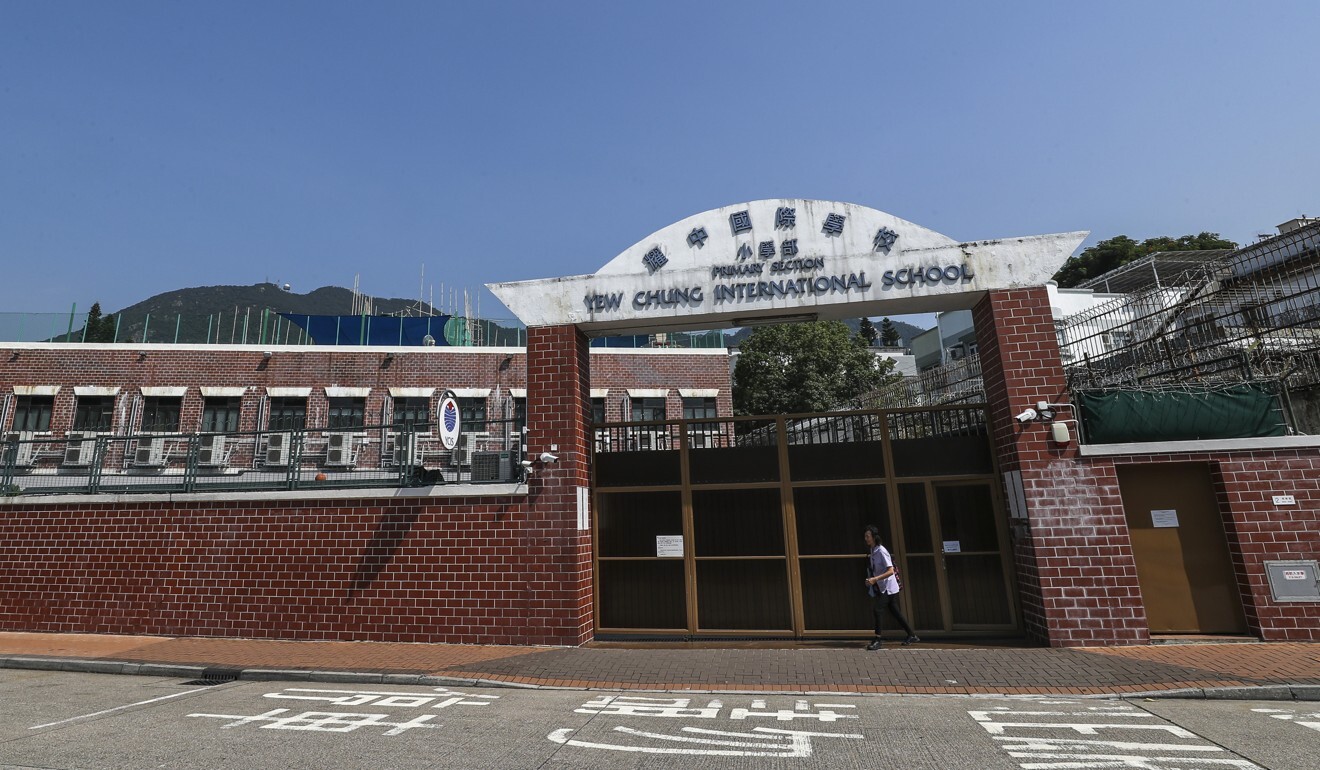
Many international schools in Hong Kong fail to meet the ‘70 per cent rule’ for non-local students
- More than 40,000 of the city’s 900,000 kindergarten, primary and secondary students study at international schools
- Out of 52 such schools, 24 had more than 30 per cent of their enrolment coming from local students this academic year, according to a Post analysis
The rule is aimed at ensuring enough classroom places for the children of expat families in the Asian financial centre.
But the proportion, which was raised from 50 per cent in 2009, is not being met, according to a Post analysis of Education Bureau figures submitted to the Legislative Council on Tuesday.
Out of 52 international schools, 24 had more than 30 per cent of their enrolment coming from local students this academic year, compared with 18 and 21 in the two previous years.
[Local families] do value an English-language education
The figure was more than 60 per cent at four institutions: Kingston International School, Think International School, Yew Chung International School and Kiangsu & Chekiang Primary School and its college’s international section.
At Kingston, 76 per cent of its 274 students were locals, up slightly from 74.7 per cent recorded in the previous academic year. The school charges a medium annual tuition fee of about HK$145,000 (US$18,700).
Eight schools operated by the English Schools Foundation (ESF) failed to hit the government’s enrolment target, including Sha Tin Junior School, where nearly 56 per cent of its 896 students were locals.
Three other international schools had proportions between 50 and 60 per cent, while at another six, the amount ranged from 40 to 50 per cent, including Christian Alliance International School and Norwegian International School.
It is understood that the agreement that some international schools had entered with the bureau varied on the proportion requirements, despite the 70 per cent rule. But the bureau did not break down the specific arrangements at each facility.
Citywide, the proportion of local students enrolled in international schools rose to 26 per cent this academic year, from 22.8 per cent two years ago.
The Post reached out to all 24 schools for comment on whether they had breached agreements with the government.

A ESF spokeswoman said its schools, as a whole, met the bureau’s requirements. Shrewsbury International School, with 36.2 per cent local students, did not comment beyond saying it would “work continually towards the agreements stipulated within their service agreement in full knowledge of the Education Bureau”.
The other institutions did not reply by publication time.
More than 40,000 of the city’s 900,000 kindergarten, primary and secondary school pupils study at international schools. The bureau said about 1,720 more international school places would be needed between now and 2023, based on a previous study.

Ruth Benny, founder of private schools consultancy Top Schools, said that while the number of expats coming to Hong Kong requiring places at international schools for their children had not grown significantly over the past few years, demand from local students had risen.
“They [local families] do value an English-language education,” Benny said. “They see that having their children educated in English is going to be beneficial to them later on, especially if they are thinking of sending them to overseas universities.”
Ip Kin-yuen, who represents the education sector in the legislature, also believed the demand for international school places by local students had risen, especially given the social unrest since the Occupy Central movement in 2014 calling for greater democracy.
“More pupils who plan to continue their studies overseas have chosen to study at international schools … while some parents also prefer international schools over local schools because of a different mode of teaching,” Ip said.
But he said international schools should strictly follow their agreements with the government and that the bureau should investigate any breaches of the requirement on reserving places for non-locals.


